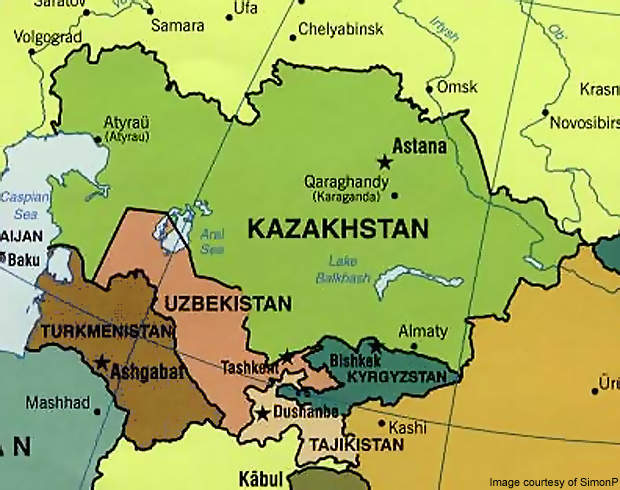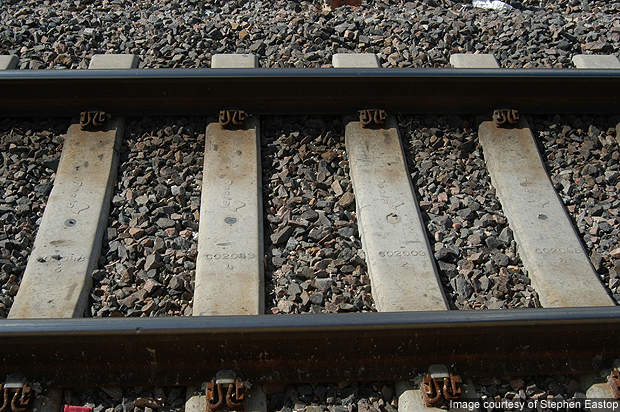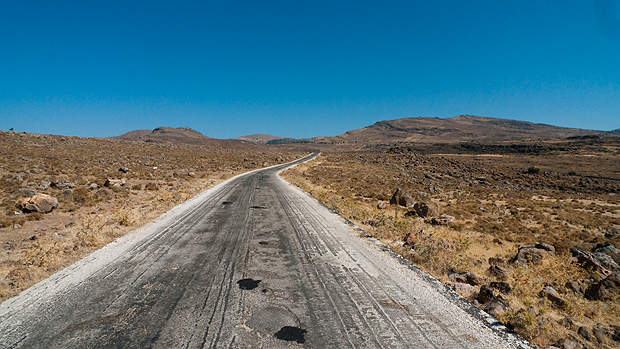The North-South Transnational Corridor is a 677km-long railway line connecting the Central Asian countries of Kazakhstan and Turkmenistan with Iran and the Persian Gulf. It will link Uzen in Kazakhstan with Gyzylgaya-Bereket-Etrek in Turkmenistan and end at Gorgan in Iran’s Golestan province. In Iran, the railway will be linked to national network making its way to the ports of the Persian Gulf.
The project is estimated to cost $620m which is being jointly funded by the governments of Kazakhstan, Turkmenistan and Iran. Construction of the rail lines is in progress in the three countries. The rail line is scheduled to become operational in 2011.
The Government of Turkmenistan aims to enhance its pro-poor economic growth by improving the transport infrastructure. As the country has significant potential for transporting bulk goods such as oil and gas, mineral resources, agricultural products and textiles, the rail link will serve as a key link connecting the neighbouring countries. Currently all the imports and exports are transited via road across the borders.
The road transport in the country is inadequate and unsafe. The rail line will complement the road transport and on completion, it will be the shortest route between Europe and Central Asia. It will shorten the distance by 600km and will allow transportation of five million tons of freight a year which is expected to rise to 12 million tons.
As part of the plan, the country has already signed a contract with Iran to increase gas deliveries from eight billion cubic metres to 14 billion cubic metres.
Kazakhstan also plans to increase oil exports from the current 58 million tons a year to 120-150 million tons in 2015.
The project also aims to create a multimodal transport system to provide seamless connectivity in the region for passenger travel as well.
The transnational corridor
The North-South Transnational Corridor will run up to 137km in Kazakhstan, 470km in Turkmenistan and 70km in Iran.
Work in Turkmenistan commenced in Bereket in December 2007 and in Kazakhstan in July 2009. Kazakhstan has, however, put the project on hold for 18 months due to the current financial crisis.
As of July 2010, about 300km of rail track was laid in Turkmenistan. The remaining 377km is scheduled for completion by the end of 2010.
A 311km section between Bereket and Buzhan in Turkmenistan is being financed by the Asian Development Bank (ADB). A memorandum of understanding was signed between ADB and the Turkmenistan government in February 2010 for a $350m loan as a special fund for technical assistance.
The project loan, which is due for approval in 2010, will be used towards the installation of signalling and communication equipment on the ongoing railway line, procurement of equipment and maintenance facilities, consulting, and for the management and supervision of construction.
The project also received a loan of $371.2m from the Islamic Development Bank in July 2010.
Signalling and communication
The rail line will have 10kV overhead power lines, distribution and supervisory control, and data acquisition (SCADA) system.
SCADA is a centralised system that monitors and controls the trains operating on the entire rail system. Most of the operations are controlled with the help of an automatic remote terminal unit (RTU) or by programmable logic controllers (PLCs).
Data acquisition includes meter readings and status reports which are compiled and formatted in a way required by the control room operator using the human machine interface (HMI). Based on the data the HMI decides, adjusts and controls the train operations. Data can also be saved in the database management system for auditing purposes.
The communication system involves installation and commissioning of the mobile train radio communication (MTRC) system.
Future
On approval of a loan from the ADB bank, the contract bidding will be governed by the 2010 procurement guidelines of the bank. The bank will also appoint a consultant to review the design, implement and supervise the signalling and communication process.




